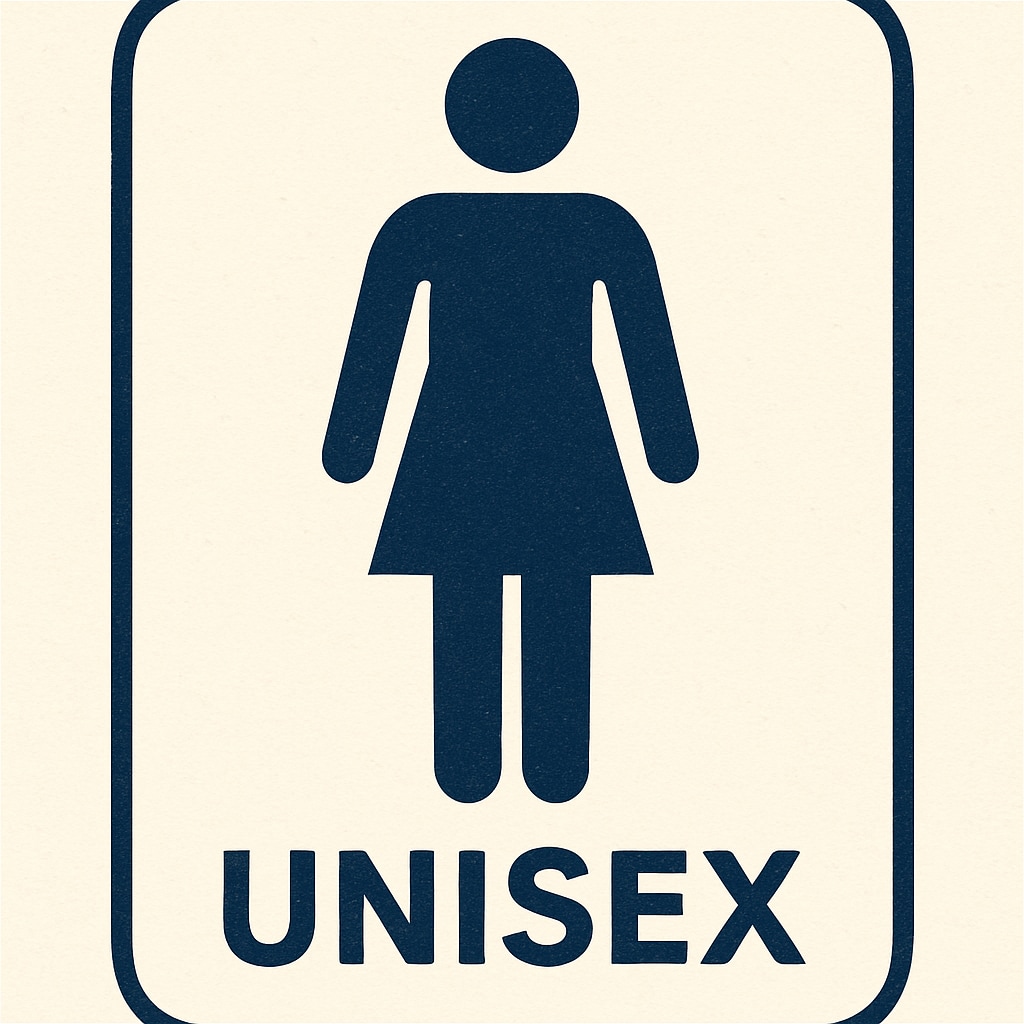In recent months, Brown University has faced significant scrutiny over its decision to align its gender policy with a binary framework tied to an agreement with the Trump administration. This policy change, rooted in a rigid male-female categorization system, has sparked a wave of concern among transgender students. The implications of this shift are profound, influencing both the psychological safety and the daily experiences of these students on campus. While the university’s intent may have been to comply with federal guidelines, the unintended consequences reveal the complexities of balancing compliance with inclusivity.

The Binary Framework: A Step Backward?
The cornerstone of Brown University’s new gender policy is its adoption of a binary gender framework. This approach categorizes individuals strictly as male or female, disregarding non-binary and transgender identities. Critics argue that this policy not only oversimplifies the spectrum of gender but also marginalizes students whose identities do not fit neatly within this binary.
Many transgender students have expressed feelings of alienation and fear. For example, reports indicate that some students now avoid using gendered facilities, such as restrooms and locker rooms, due to concerns about potential harassment or scrutiny. This avoidance behavior has led to practical challenges, including difficulties in accessing basic campus resources. As a result, the policy has inadvertently created a less inclusive environment for a significant portion of the student body.
Impact on Campus Safety and Mental Well-Being
One of the most pressing concerns stemming from Brown University’s gender policy shift is its impact on the sense of safety and mental health among transgender students. According to a study by the American Psychological Association, policies that fail to recognize diverse gender identities can significantly affect mental well-being. Many transgender individuals face heightened levels of anxiety and depression when subjected to environments that invalidate their identities.

On campus, these issues have manifested in various ways. Students have reported reduced participation in social events and activities, further isolating them from their peers. Additionally, the lack of clear protective measures against discrimination has left many feeling vulnerable. The university’s failure to address these concerns adequately highlights the broader challenge of ensuring inclusivity while navigating external pressures.
What Should Educational Institutions Do?
Educational institutions bear a critical responsibility in fostering environments that protect and support all students. Brown University’s gender policy serves as a cautionary tale of what can happen when inclusivity takes a back seat to compliance. Moving forward, universities should consider the following approaches to better support transgender and non-binary students:
- Adopt inclusive policies: Ensure that gender policies recognize and protect diverse identities beyond the binary framework.
- Create safe spaces: Provide gender-neutral facilities and spaces where students can feel secure and respected.
- Offer mental health resources: Invest in counseling services and peer support programs tailored to the needs of transgender students.
- Engage the student body: Facilitate open dialogues that allow students to voice their concerns and participate in policy development.
By implementing these strategies, universities can create campuses that are not only compliant with legal standards but also inclusive and supportive of all students.
Conclusion: A Call for Change
The gender policy shift at Brown University underscores the challenges educational institutions face in balancing regulatory compliance with inclusivity. For transgender students, the impact of this change has been profound, affecting their sense of safety, access to resources, and overall well-being. As the conversation around gender and inclusivity continues to evolve, universities must take proactive steps to address these issues. Only by prioritizing inclusivity can they ensure that every student feels seen, valued, and protected within their community.


